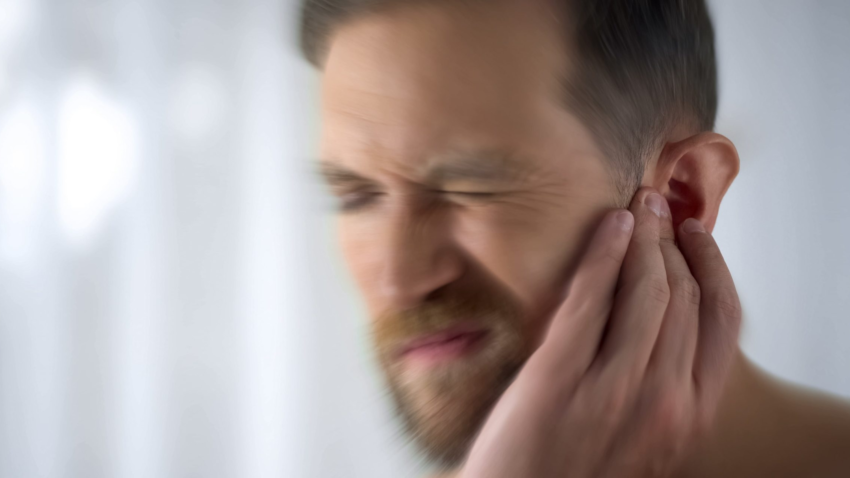
How to relieve ear pain?
Ear pain, also known as otalgia, can arise from various causes ranging from benign to serious conditions. Understanding the nature, causes, and management of ear pain is essential for both medical professionals and individuals experiencing such symptoms. Here’s a detailed exploration of ear pain, covering its anatomy, common causes, symptoms, diagnosis, treatment options, and preventive measures.
Anatomy of the Ear
The ear is a complex organ responsible for hearing and balance. It can be divided into three main parts:
- Outer Ear: Includes the visible part (pinna) and the ear canal (external auditory canal).
- Middle Ear: Contains the tympanic membrane (eardrum) and three tiny bones (ossicles) that transmit sound vibrations.
- Inner Ear: Houses the cochlea (responsible for hearing) and the vestibular system (responsible for balance).
Common Causes of Ear Pain
Ear pain can originate from different parts of the ear and be associated with various conditions:
- Outer Ear Pain:
- Swimmer’s Ear (Otitis Externa): Infection of the outer ear canal, often due to water exposure.
- Trauma: Injury or irritation to the ear canal, such as from inserting objects or aggressive cleaning.
- Skin Conditions: Dermatitis or eczema affecting the ear canal.
- Middle Ear Pain:
- Acute Otitis Media: Infection of the middle ear, often bacterial, causing intense pain and sometimes fever.
- Eustachian Tube Dysfunction: Impaired function of the tube that connects the middle ear to the back of the throat, leading to pressure and pain.
- Barotrauma: Pressure changes, such as during air travel or scuba diving, causing ear discomfort.
- Inner Ear Pain:
- Labyrinthitis: Inflammation of the inner ear, often viral, causing severe vertigo and occasionally ear pain.
- Meniere’s Disease: A disorder of the inner ear characterized by episodes of vertigo, tinnitus, and ear fullness or pain.
- Acoustic Neuroma: A benign tumor on the nerve that controls balance and hearing, causing gradual ear pain and hearing loss.
Symptoms Associated with Ear Pain
The symptoms of ear pain can vary depending on the underlying cause but often include:
- Pain: Sharp, dull, or throbbing pain felt in or around the ear.
- Hearing Changes: Decreased hearing or sensitivity to loud noises.
- Discharge: Fluid or pus draining from the ear.
- Itching: Irritation or itching sensation in the ear canal.
- Balance Issues: Vertigo or feeling unsteady.
- Fever: Often present with infections like otitis media.
Diagnosis of Ear Pain
Diagnosing the cause of ear pain typically involves a combination of medical history, physical examination, and sometimes additional tests:
- Medical History: Detailed questioning about symptoms, duration of pain, any recent illnesses, and exposure to potential irritants.
- Physical Examination: Inspection of the outer ear, examination of the eardrum using an otoscope, and assessment of any signs of infection or inflammation.
- Additional Tests:
- Tympanometry: Measures the movement of the eardrum and helps assess middle ear function.
- Hearing Tests: Audiometry to evaluate hearing loss.
- Imaging: CT scan or MRI for suspected structural abnormalities or tumors.
Treatment Options for Ear Pain
Treatment depends on the underlying cause of ear pain:
- Infections:
- Bacterial: Antibiotics prescribed based on the severity and type of infection.
- Viral: Supportive care with pain relievers and rest, as viral infections often resolve on their own.
- Pain Management:
- Pain Relievers: Over-the-counter pain medications such as acetaminophen or ibuprofen.
- Ear Drops: Prescription or over-the-counter drops to relieve pain or treat inflammation.
- Other Interventions:
- Ear Irrigation: Cleaning of the ear canal by a healthcare provider for impacted wax or debris.
- Surgical Intervention: Rarely needed, such as for drainage of severe infections or removal of tumors.
Preventive Measures
To reduce the risk of ear pain and associated conditions:
- Ear Care:
- Avoid Inserting Objects: Do not insert cotton swabs or other objects into the ear canal.
- Dry Ears Properly: Dry ears thoroughly after swimming or bathing to prevent moisture buildup.
- Ear Protection: Use earplugs or earmuffs in noisy environments or during activities like flying or diving.
- Health Maintenance:
- Vaccinations: Stay up-to-date with vaccinations, including the flu vaccine, to prevent infections that can lead to ear pain.
- Manage Allergies: Address allergies promptly to reduce the risk of ear infections and inflammation.
- Seek Prompt Medical Attention:
Early Intervention: Consult a healthcare provider if you experience persistent or severe ear pain, especially if accompanied by fever or hearing loss.



Leave a Reply